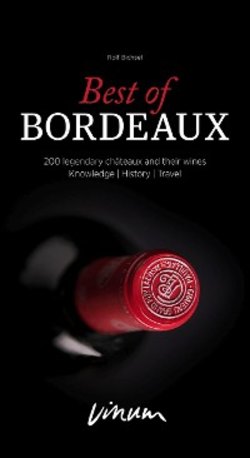Читать книгу Best of Bordeaux - Rolf Bichsel - Страница 36
Оглавление36
its new-born ‘Crus Classés du Médoc, de Sauternes et des Graves' an ingenious
advertising campaign which is still benefiting the region today. It is therefore no
surprise that two other Bordeaux appellations have since emulated this rank-
ing system, namely Saint-Emilion and Graves (now Pessac-Léognan), which
have also been operating their own classifications since the mid-1950s. Graves
has a similar static system to their model, whilst the Saint-Emilion classifica-
tion is updated every ten years. Whether or not this is an advantage remains
open to question: sometimes, it seems to me that the biggest beneficiaries are
the lawyers who are constantly appealing against the recently adopted reclas-
sifications, on behalf of those who have been declassified of course. The value
measured by all of this cataloguing, often based on quality but also nearly al-
ways on high prices, is something that wine enthusiasts are capable of deciding
for themselves. We should note that state-sanctioned classifications are not the
same as state protections of origin (AOC), which have applied in France since
1937 for the geographical origins, style and production conditions of a particu-
lar area. In Bordeaux a distinction is drawn between regional appellations (e.g.
Haut-Médoc) and village appellations (e.g. Margaux, Sauternes, Pomerol) within
the base appellation (Bordeaux), and Saint-Emilion has two appellations, name-
ly Saint-Emilion and Saint-Emilion Grand Cru, with the latter awarded annually.
The Saint-Emilion classification on the other hand di
ff
erentiates between Grand
